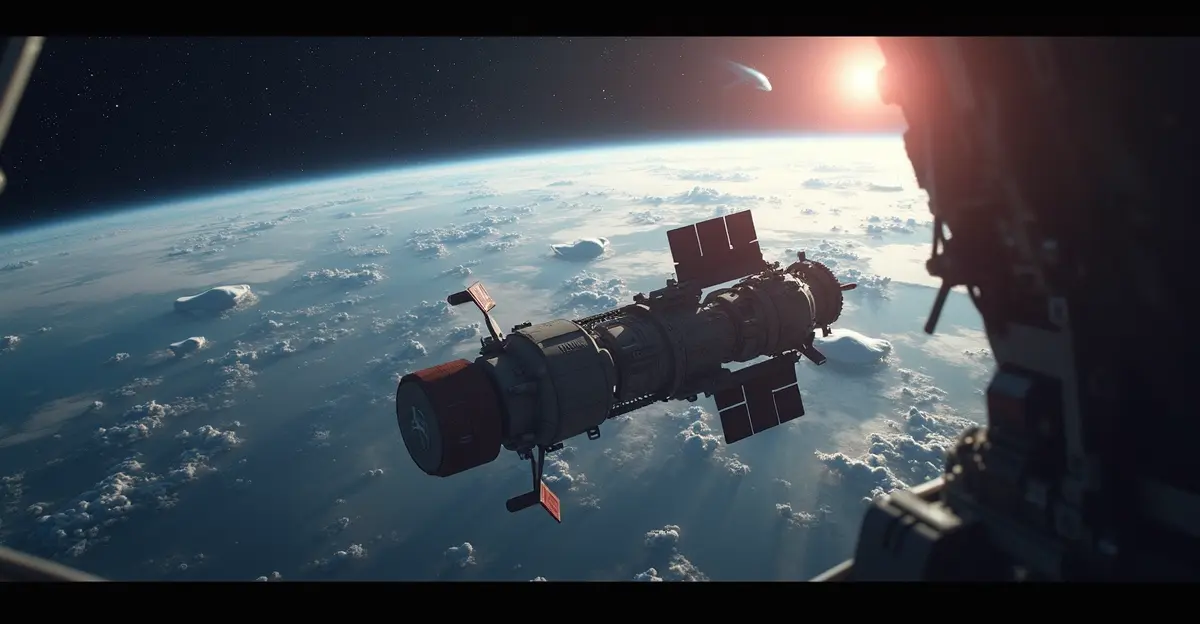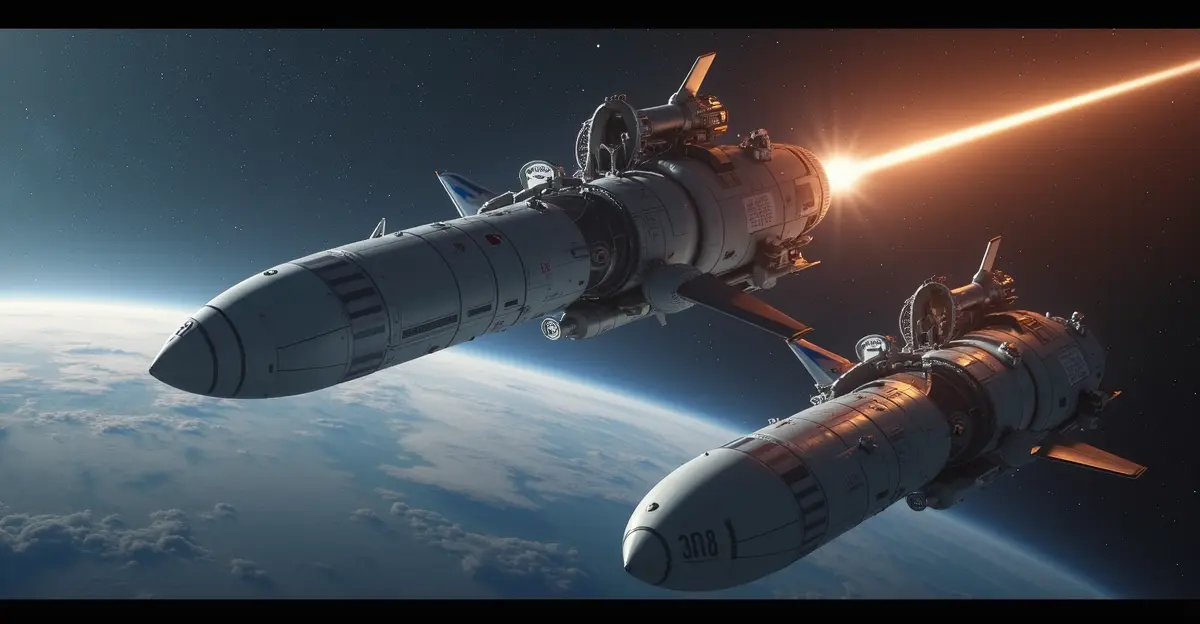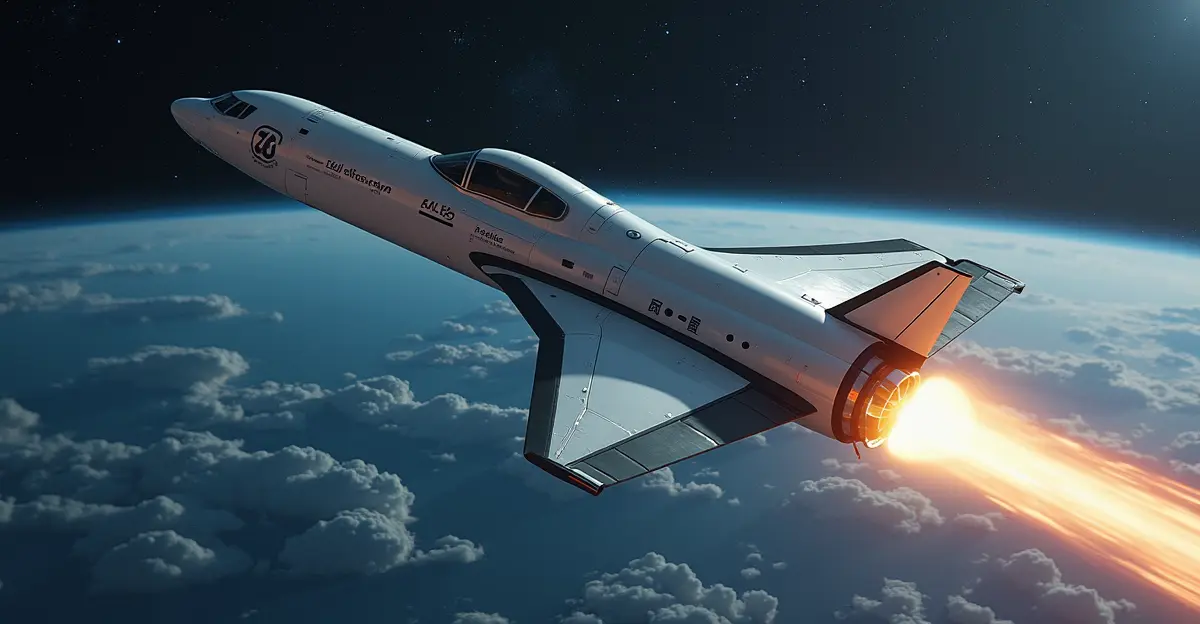International coalition advances space debris removal with new technologies and guidelines. ESA's ClearSpace-1 leads operational missions while Astroscale patents multi-object removal systems. Updated IADC guidelines address orbital safety amid growing Kessler syndrome threats.

International Push for Orbital Cleanup Gains Momentum
A major international coalition is accelerating efforts to address the growing threat of space debris, with significant funding allocated for removal technologies and the development of comprehensive orbital safety guidelines. The initiative comes as space agencies and private companies recognize the urgent need to prevent catastrophic collisions in Earth's orbit.
Breaking New Ground in Debris Removal Technology
Recent technological breakthroughs are revolutionizing how we approach space debris removal. Astroscale's innovative multi-object removal system represents a major advancement, enabling reusable servicers to dock with multiple large debris objects and transfer them to reentry shepherd vehicles. 'This distributed architecture approach allows a single servicer to remove multiple large debris objects by separating from the shepherd after transfer and engaging new clients,' explained a company spokesperson.
Meanwhile, researchers at Tohoku University have developed a groundbreaking plasma propulsion system that enables contactless debris removal through ionized gases. The bidirectional plasma thruster with magnetic cusp technology can eject plasma in two directions simultaneously - one beam pushes debris to slow it down while the opposite beam counterbalances the force to keep the removal satellite stable.
European Space Agency Leads Operational Missions
The European Space Agency's ClearSpace-1 mission, launching in 2025 with €86 million in funding, represents the world's first operational active debris removal mission. 'This mission will use autonomous rendezvous, robotic arms, and AI vision systems to capture and deorbit a Vespa adapter that has been floating in space since 2013,' said ESA mission director Dr. Elena Rodriguez. 'It marks a pivotal moment in our commitment to orbital sustainability.'
The urgency of these efforts is underscored by current statistics. As of April 2025, the European Space Agency's Space Environment statistics reported 40,230 artificial objects in orbit above Earth regularly tracked by Space Surveillance Networks. However, these represent only the objects large enough to be tracked, with estimates suggesting over 128 million pieces of debris smaller than 1 cm and around 34,000 pieces larger than 10 cm orbiting Earth.
New International Guidelines for Orbital Safety
The Inter-Agency Space Debris Coordination Committee (IADC) has issued updated Space Debris Mitigation Guidelines in February 2025, providing the latest framework for space-faring nations and organizations. These guidelines were discussed during the Scientific and Technical Subcommittee session of the Committee on the Peaceful Uses of Outer Space (COPUOS) and represent a critical step toward standardized procedures for debris mitigation.
However, experts warn that voluntary standards may not be sufficient. 'Current Interagency Space Debris Coordination Committee guidelines from 2002, while adopted by many countries, are insufficient as only 50% of satellites are successfully deorbited when required,' noted space policy researcher David B. Spencer. 'The problem is exacerbated by planned mega-constellations from companies like SpaceX and OneWeb that plan to launch tens of thousands of satellites.'
The Growing Threat of Kessler Syndrome
The specter of Kessler syndrome - a cascading collision effect that could render low-Earth orbit unusable - looms larger than ever. With over 45,000 tracked objects and 130 million smaller untracked pieces, debris poses increasing collision risks to operational satellites and crewed spacecraft.
Recent research published in Nature suggests that without intervention, Kessler syndrome could occur within 50-100 years. The International Space Station, which orbits in the 300-400 kilometer range, already requires regular maneuvers to avoid known debris with collision chances over 1/10,000.
Economic and Safety Implications
The economic stakes are enormous. The global space economy, valued at over $400 billion, depends on clear orbital pathways for communication, navigation, and Earth observation satellites. 'When the smallest objects of artificial space debris cause damage akin to sandblasting, especially to solar panels and optics like telescopes that cannot easily be protected, the costs add up quickly,' explained orbital debris analyst Maria Chen.
The coalition's efforts extend beyond technology development to include proposed Space Security Pacts and multinational monitoring centers. These initiatives aim to establish harmonized regulations across all spacefaring nations, adopting universal technical requirements and implementing gatekeeping measures where launch states prevent non-compliant satellites from launching.
As space becomes increasingly crowded, the success of these international efforts will determine whether we can maintain safe access to orbit for future generations or face the consequences of our orbital pollution.

 Nederlands
Nederlands
 English
English
 Deutsch
Deutsch
 Français
Français
 Español
Español
 Português
Português









